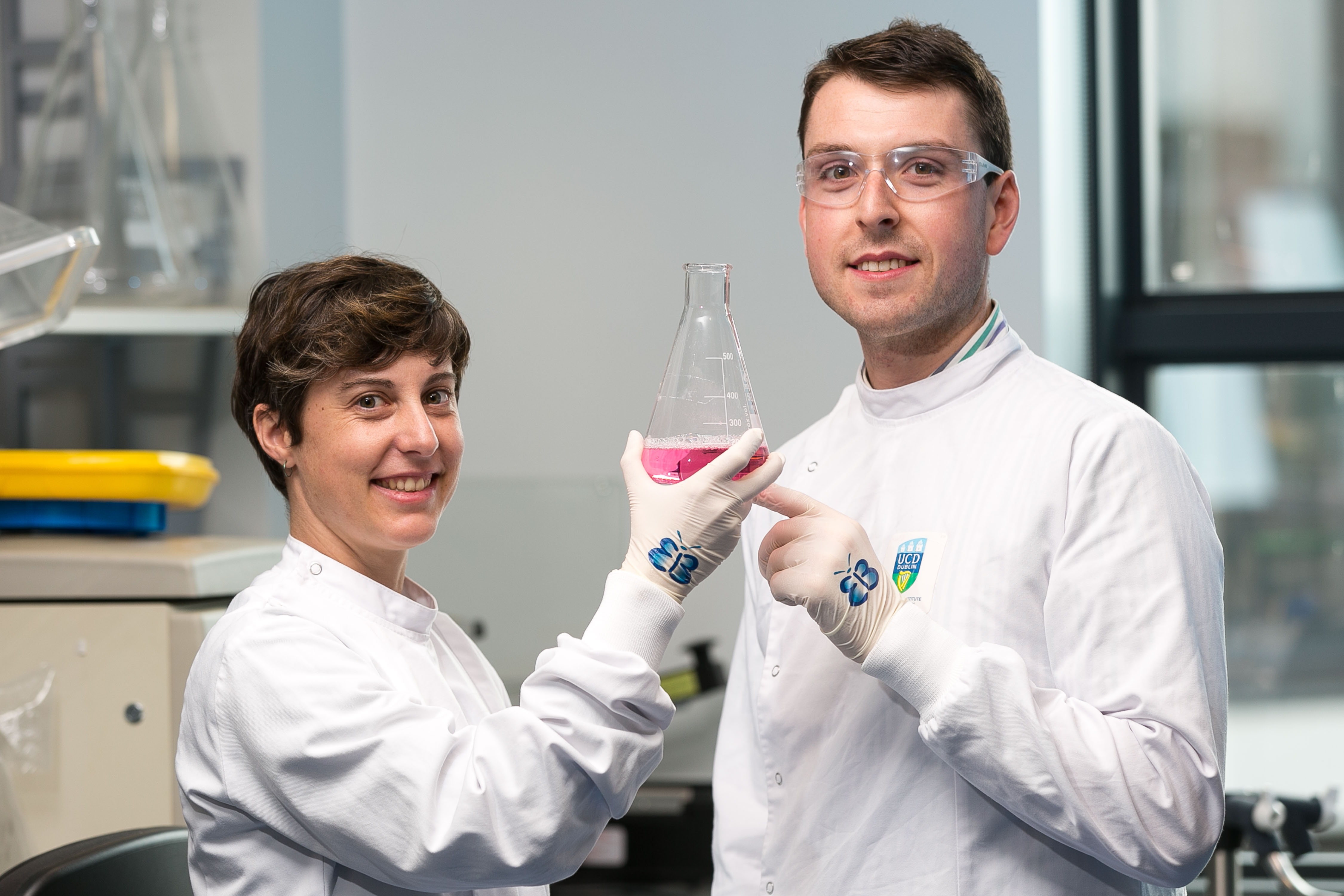
University College Dublin Gene Therapy Researchers Announce EB Skin Disease Breakthrough
EB (epidermolysis bullosa), an incredibly painful genetic condition, which affects approximately 300 people in Ireland, is caused by a fault in the gene that makes a vital protein responsible for binding our layers of skin together. This results in painful blisters, both internal and external from the slightest knock or bump and affects thousands of people worldwide.
Researchers at University College Dublin (UCD) have produced a revolutionary solution that uses gene therapy to repair bad cells to make them functioning ones. This has the potential to provide a permanent cure for patients with Recessive Dystrophic EB, one of the most severe sub-types of the disease – for which no treatment currently exists.
The concept has been pioneered by Professor Wenxin Wang, UCD School of Medicine, who has been carrying out research into EB for the past ten years, with assistance from Debra Ireland.
“The best part of this therapy is that it would not involve painful skin grafting procedures or risks associated with viral treatments in delivering functioning genes to the skin,” said Dr Jonathan O’Keeffe Ahern, one of the leading gene therapy researchers in Professor Wang’s team, together with Dr Irene Lara-Sáez.
“We call this the ‘Fed Ex’ of gene editing, we deliver a biological solution using a simple carrier system. Rather like using a postcode, we can send in a genetic scissors to cut out the non-functioning part of a gene and then the repaired cells know to fill that space and permanently repair the gene.”
He added, “We would not need to even take the patient cells for skin grafting. The gel would be applied, absorbed and go to work. We have seen some promising results in the lab. With further research, we could expand this to other EB types and even other genetic conditions”.
He concluded, “We are in the process of forming our own spin-out company to continue to develop this technology and take it to the next step, a clinical trial.”
Debra Ireland provides day-to-day help and support for EB patients and their families and also to find better treatments and possible cures for EB.
“This is very exciting time for people involved in EB research. We depend totally on public funding, and we are now at a stage where every euro can make a vital difference to the future lives of people living with the condition,” said Debra Ireland Head of Research Dr Sinead Hickey.
This week (Oct 21-27) is National EB Awareness Week and Debra Ireland is asking the public to get involved by wearing a butterfly tattoo to raise awareness for this rare disease and funds for further research.
Ends
21 October 2019
For further information contact Micéal Whelan, Communications and Media Relations Manager, NovaUCD, UCD Research and Innovation, e: miceal.whelan@ucd.ie, t: + 353 1 716 3712 or Darren Hughes, Media Consult, e: darren@mediaconsult.ie.
